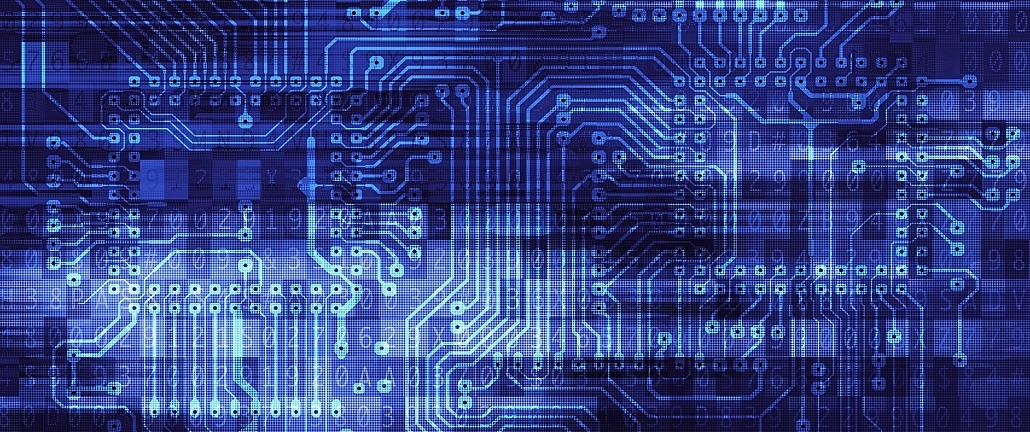3 Ways Artificial Intelligence Can Boost Workplace Productivity

This article was updated on August 16, 2018.
When most people think of artificial intelligence, thoughts of robots, self-intelligent computers and science-fiction films come to mind. What many people don't realize is that artificial intelligence is already being used in industries today. There is a great untapped potential in utilizing artificial intelligence and HR together. Proactive HR leaders can leverage this potential to plan for the future and increase the overall productivity of the organization.
Here are three potential paths to help get the most out of what artificial intelligence has to offer:
1. Recruit Without Bias
Artificial intelligence software has the capacity to remove most bias and deliver economic competencies, particularly when replacing transactional mundane tasks and process-based work. Utilizing predictive analytics and algorithms, tools like image recognition and data analysis allow these programs to forecast outcomes such as the best applicant, potential resignations or even potential health and safety risks.
Software such as Oracle Taleo and IBM Kenexa BrassRing deliver a better candidate search experience by eliminating the need for detailed application forms, using statistical natural language processing to extract resume or social media data for review.
These programs don't replace HR, instead they act as a digital assistant, managing and monitoring large amounts of data and presenting options or recommendations. The AI software uses a deep learning system to apply techniques, such as pattern recognition and trial and error, to teach itself how to manage tasks as opposed to step-by-step programming. Possible tasks that could be automated with machine-learning software include analyzing reports to make operating decisions, producing staff assignments and reviewing status reports.
The McKinsey Global Institute reports that these platforms create better, faster matches between workers and available jobs, reduce unemployment and, by putting the right person in the right role, boost productivity. The report goes on to indicate that "online talent platforms could increase global GDP by $2.7 trillion annually by 2025."
2. Outsourcing Routine Tasks
Machines are not sentient, however, and capabilities such as sensing emotions and creativity are uniquely human and difficult to automate. According to the same report, only 4 percent of the work activities across the U.S. economy require creativity at a median human level of performance, and only 29 percent of work activities require a median human level of performance in sensing emotion. So by outsourcing routine or repetitive tasks, HR leaders could spend less time analyzing lost time and absenteeism reports and more time developing employee engagement activities that reflect the needs of the workforce.
McKinsey's report also shows that fewer than 5 percent of occupations could be fully automated, but approximately 60 percent could have a portion of their fundamental tasks completed by a machine. Sales people, for example, could spend more time face-to-face discussing options and closing deals, as opposed to processing paper work or sourcing leads, and lawyers could save time by using text-mining programs to sort through documents collected during discovery, identifying the most relevant ones for further review.
3. Talent Attraction and Management
The proliferation of the "gig economy," in which workers earn or supplement their income by working as freelancers at times of their choosing, has paved the way for the use of artificial intelligence in the form of a digital talent platform, connecting individuals with specific tasks based on skills or preferences identified. These platforms act as an efficient way for organizations to identify and recruit additional resources during peak times, as well as motivate and improve productivity, because the software can identify trends and adjust accordingly.
Upwork, specifically, offers an enterprise solution that organizations with large contingent workforces can utilize. Organizations can host a private cloud-based talent platform that integrates externally with freelancers who are identified through advanced algorithms. Even utilizing such platforms, however, can lead to freelancers being categorized as employees so organizations need to work closely with their HR departments. Filters for skills, experience, ratings and work history are activated, delivering a personalized acquisition plan and a talent pipeline for the future.
Utilizing artificial intelligence and HR together can help your organization remove biases, analyze data and make logical decisions at a volume that usurps human capacity and significantly increases workplace productivity. But it will still fall to HR leadership to ascertain what questions are to be asked, what problems are critical to the business and how to connect the workforce, both digital and human.



